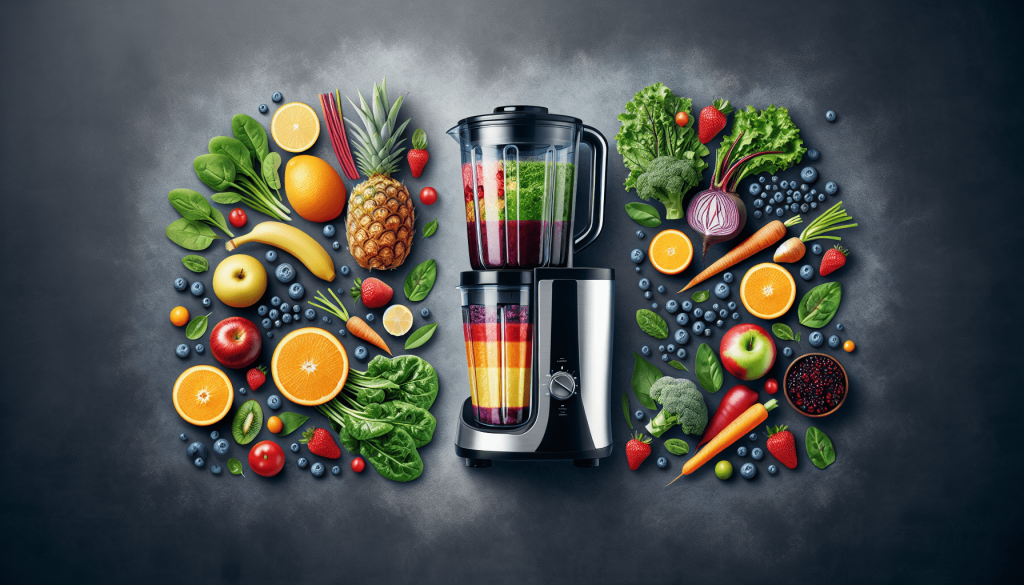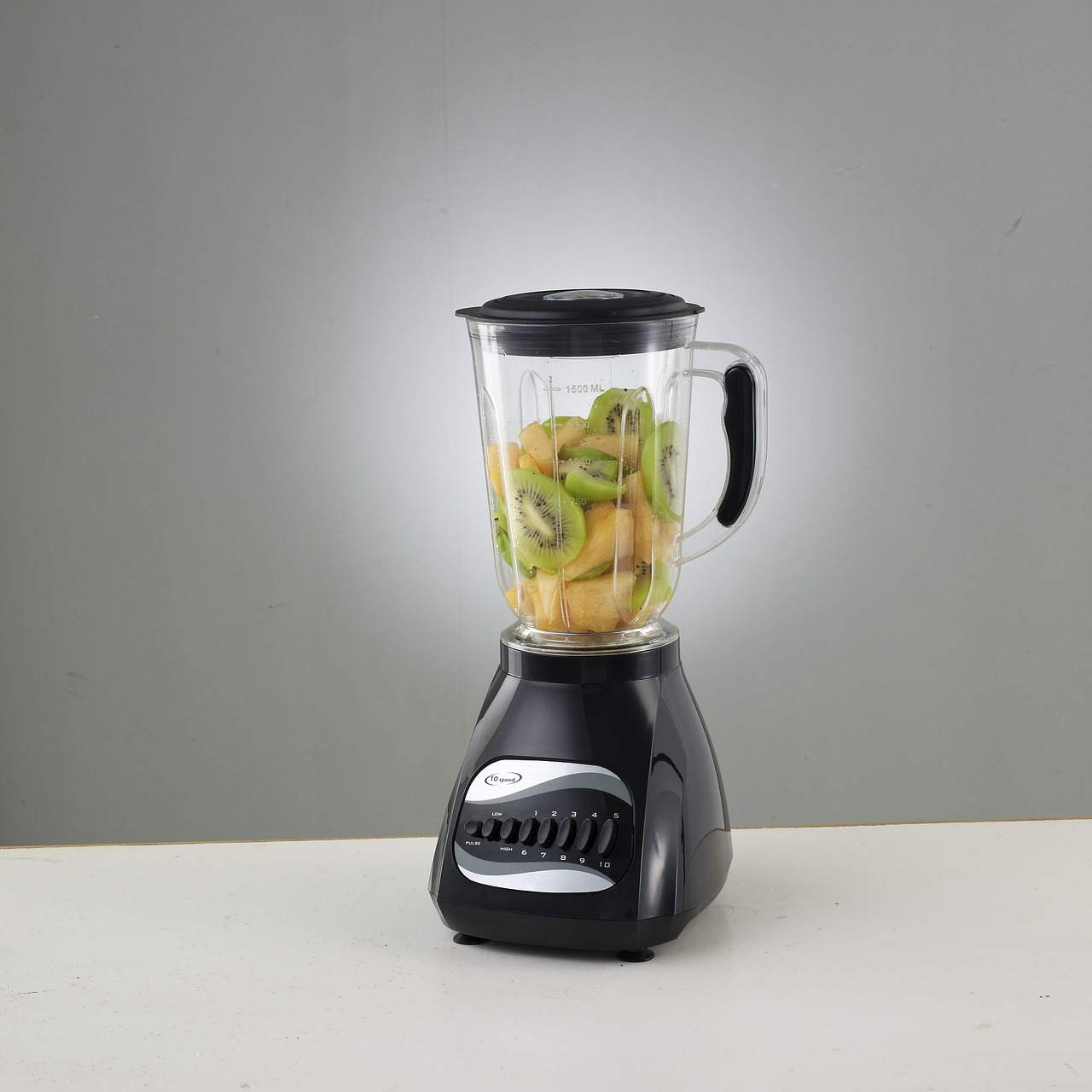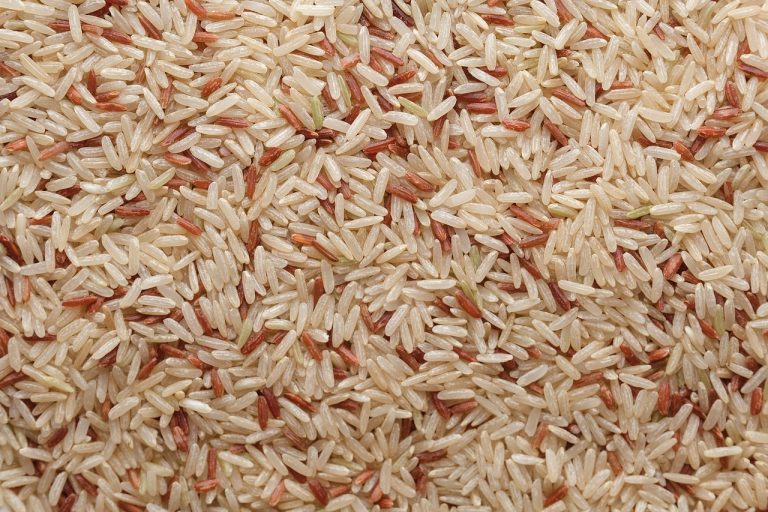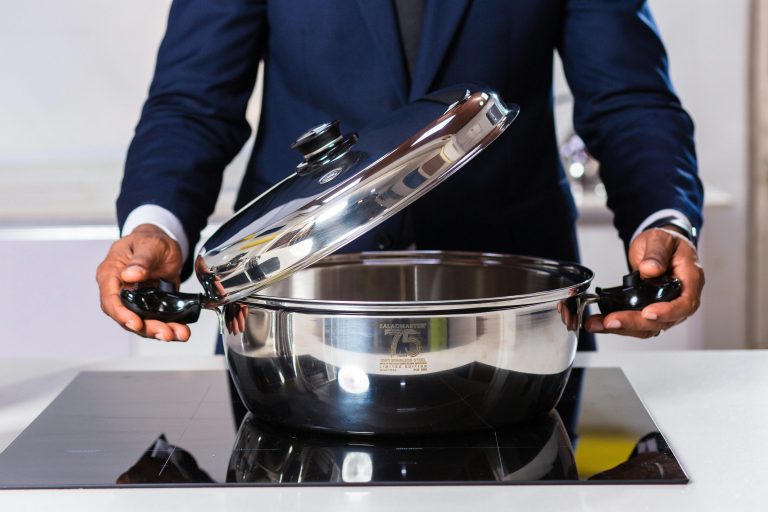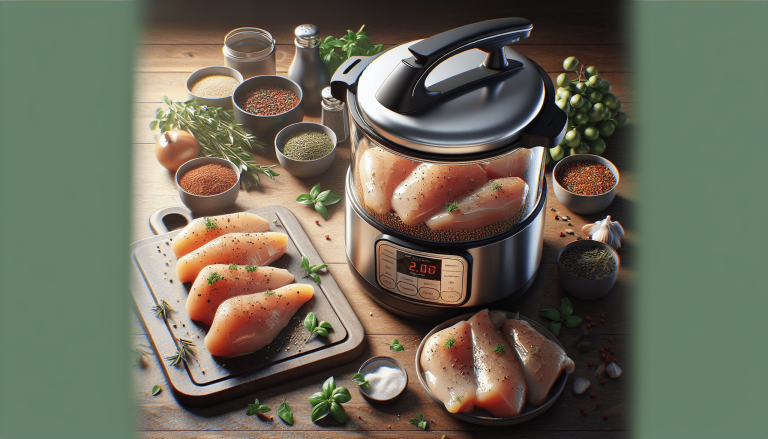Juicer Vs Blender Which Is Healthier?
Welcome to the wonderful world of juicersvs blenders! Whether you are trying to increase your daily intake of fruits and vegetables or looking for a way to boost your overall health, choosing between a juicer and a blender can be a tough decision. Both appliances have their own unique benefits and drawbacks, but which one is ultimately the healthier option for you? Let’s explore the differences between juicers and blenders to help you make the best choice for your health and wellness goals.
Have you ever wondered whether juicing or blending your fruits and vegetables is the healthier option? When it comes to incorporating more fresh produce into your diet, there are many factors to consider. In this article, we will explore the benefits of juicing and blending, as well as the differences between the two methods. By the end of this article, you will have a better understanding of whether a juicer or a blender is the right choice for you in order to improve your overall health and well-being.
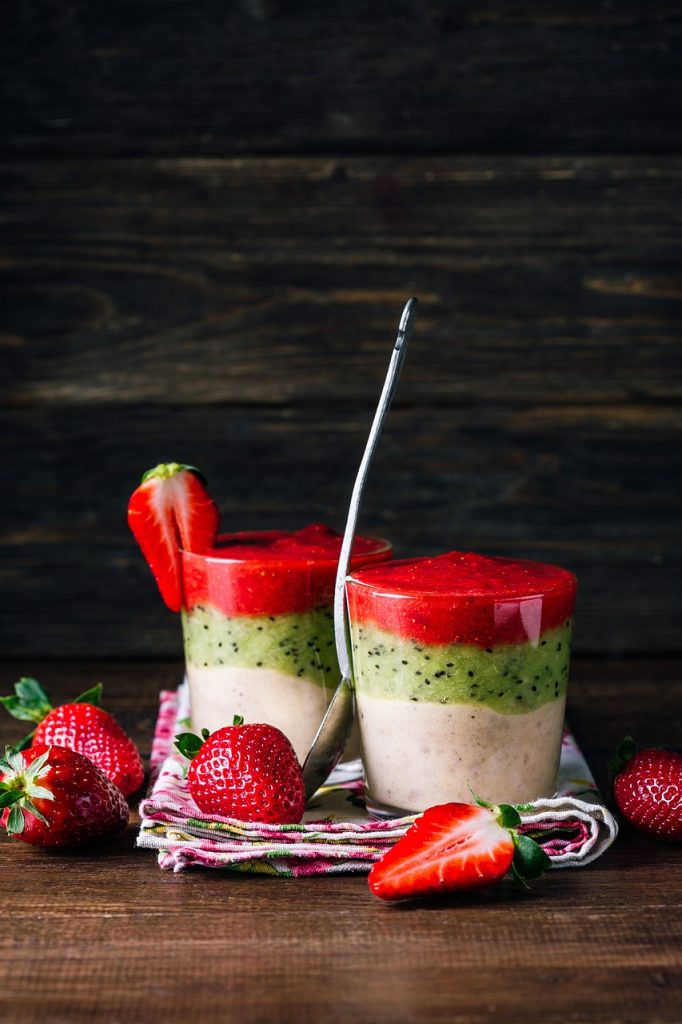
Juicing
When you juice your fruits and vegetables, you are extracting the liquid and nutrients from the produce while leaving behind the pulp and fiber. This liquid contains vitamins, minerals, and antioxidants that are easily absorbed by your body. Juicing allows you to consume a large quantity of fruits and vegetables in a concentrated form, making it an efficient way to boost your nutrient intake.
Juicing can be a great option for those who struggle to eat enough fruits and vegetables in their diet. If you find it difficult to chew or digest whole fruits and vegetables, juicing can be a gentler way to consume these foods. Additionally, juicing can be a convenient and quick way to get a nutrient-packed drink on-the-go.
Pros of Juicing
Juicing offers several benefits that can contribute to your overall health and well-being. Here are some of the pros of juicing:
- Nutrient Absorption: Juicing extracts the liquid from fruits and vegetables, making the nutrients easily absorbable by your body.
- Convenience: Juicing can be a time-saving and convenient way to increase your fruit and vegetable intake.
- Variety: You can mix and match different fruits and vegetables to create unique juice combinations that suit your taste preferences.
- Detoxification: Some people use juice cleanses to detoxify their bodies and give their digestive system a break.
Cons of Juicing
While juicing has its benefits, there are also some downsides to consider:
- Fiber Loss: Juicing removes the fiber from fruits and vegetables, which can be important for digestive health.
- Sugar Content: Some fruit juices can be high in sugar, which may not be ideal for those with blood sugar imbalances.
- Cost: Juicing can be expensive, especially if you use a lot of produce to make your juices.
Blending
Blending, on the other hand, involves mixing whole fruits and vegetables together to create a smoothie. Unlike juicing, blending retains all parts of the produce, including the fiber. This fiber is important for digestion and can help regulate blood sugar levels. Blending is also a great way to create a filling and satisfying meal replacement or snack.
Blending is a versatile option that allows you to experiment with different ingredients and textures. You can add additional ingredients like nuts, seeds, yogurt, or protein powder to enhance the nutritional value of your smoothie. Blending is a fantastic way to sneak in extra servings of leafy greens or other vegetables that you may not enjoy eating on their own.
Pros of Blending
Blending offers a unique set of advantages that may make it the preferable choice for some individuals. Here are some of the pros of blending:
- Fiber Content: Blending retains the fiber from fruits and vegetables, which is beneficial for digestive health.
- Satiety: Smoothies are often more filling than juices, thanks to the added fiber and protein content.
- Customization: You can customize your smoothies with a variety of ingredients to suit your taste and nutritional needs.
- Blood Sugar Regulation: The fiber in blended smoothies can help regulate blood sugar levels.
Cons of Blending
While blending has its benefits, there are also some drawbacks to keep in mind:
- Volume: Blended smoothies can be more bulky and less concentrated than juices, requiring you to consume a larger quantity of produce.
- Texture: Some people may not enjoy the thicker texture of blended smoothies, especially if they include fibrous ingredients.
- Preparation: Blending can be more time-consuming than juicing, as you may need to chop ingredients and clean the blender afterwards.
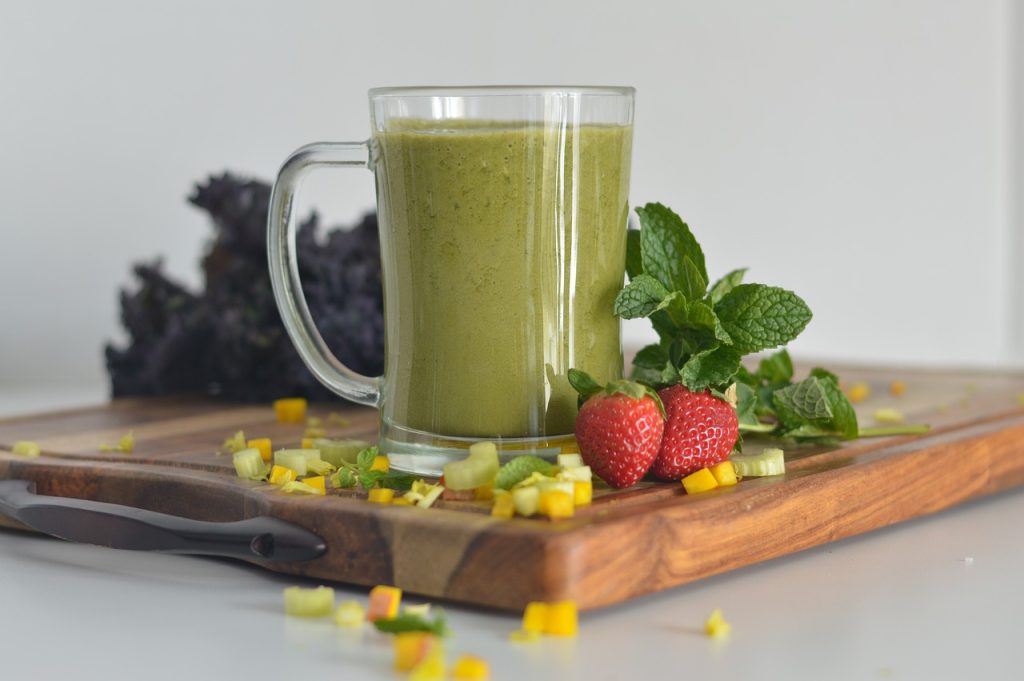
Juicer Vs Blender: Which Is Healthier?
Now that we have explored the benefits and drawbacks of both juicing and blending, you may be wondering which option is healthier. The truth is that both juicing and blending have their own unique advantages and can be part of a healthy diet.
- Juicing: Juicing is a great way to get a concentrated dose of vitamins, minerals, and antioxidants in a fast and efficient manner. It can be especially beneficial for those who struggle to consume enough fruits and vegetables in their diet. However, the lack of fiber in juices may not be ideal for everyone, especially those with digestive issues or blood sugar imbalances.
- Blending: Blending offers the benefit of retaining the fiber from fruits and vegetables, making it more filling and satisfying. Smoothies can be a great meal replacement or snack option, especially when you add protein and healthy fats to make them more balanced. However, blended smoothies may not be as nutrient-dense or concentrated as juices.
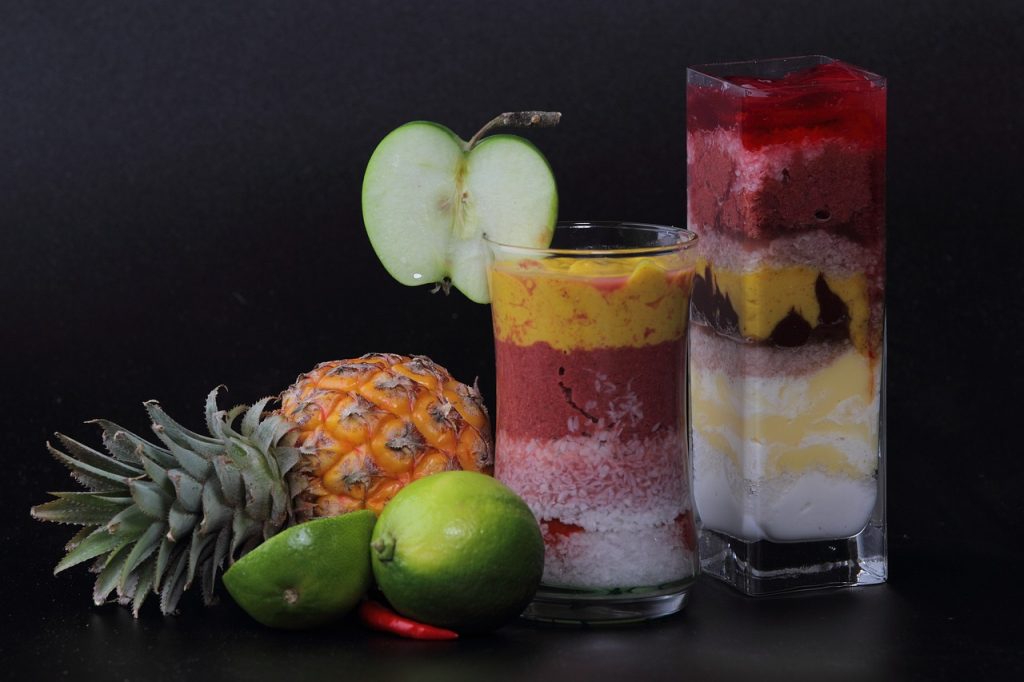
Making the Choice That’s Right for You
Ultimately, the choice between juicing and blending comes down to your personal preferences, health goals, and lifestyle. Here are some factors to consider when deciding whether to juice or blend your fruits and vegetables:
- Taste Preferences: Do you prefer the smooth texture of blended smoothies or the pure liquid form of juices?
- Nutrient Intake: Are you looking to increase your vitamin, mineral, and antioxidant intake, or do you want more fiber and satiety?
- Digestive Health: Do you have any digestive issues that may be affected by the lack of fiber in juices or the volume of blended smoothies?
- Convenience: How much time and effort are you willing to invest in preparing and cleaning up after juicing or blending?
It may also be beneficial to experiment with both juicing and blending to see which option makes you feel your best. You can incorporate both methods into your routine and enjoy the unique benefits of each. Remember that the key to a healthy diet is variety and balance, so don’t be afraid to mix it up and get creative with your fruit and vegetable intake.
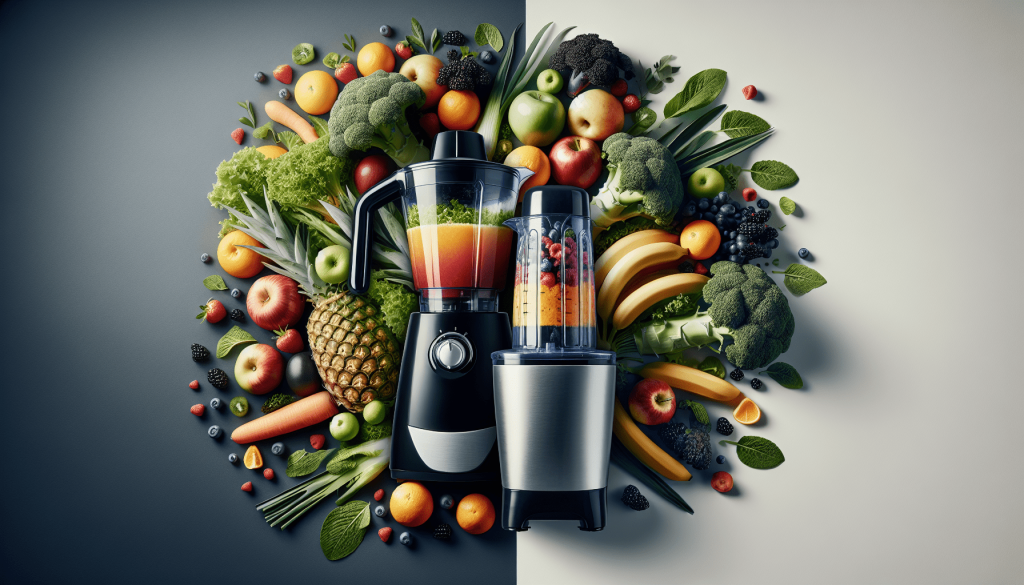
Conclusion
In conclusion, both juicing and blending can be healthy ways to increase your fruit and vegetable consumption and support your overall well-being. Juicing offers a concentrated dose of vitamins, minerals, and antioxidants, while blending provides fiber, satiety, and customization options. The choice between juicing and blending ultimately depends on your personal preferences, health goals, and lifestyle.
Whether you choose to juice or blend, the most important thing is to incorporate a variety of fruits and vegetables into your diet on a regular basis. Experiment with different recipes, ingredients, and combinations to find what works best for you. Stay hydrated, stay nourished, and enjoy the delicious flavors of fresh produce in whichever form you prefer. Your health and well-being will thank you for it!
